Neus Jové: "What the people we help in Nepal bring us is much more than we can ever give them"
The Pont Solidari al Món organization has been working since 2011 for the education and health of people with serious economic difficulties and are far from the big cities in India and Nepal.
Pont Solidari al Món is a Catalan association that was born with the aim to collaborate in the projects that the American NGO Citta has in India and Nepal. The entity's work is mainly aimed at improving the education and health of people with serious economic difficulties and who are far from the capitals.
Neus Jové, doctor by profession, is the president of the organization that, despite the difficulties that have arisen from the Covid-19 pandemic, continues with its projects in the field. Jové joined Pont Solidari al Món in 2011 through her friend, Marta Miquel, co-founder and president of the organization until February 2019, when, unfortunately, she passed away.
We talked to Neus about Pont Solidari al Món, her work and Nepal, the country where the entity's main project is located and which she says is "a wonderful country."
What is the history of Pont Solidari al Món?
Marta Miquel, on a trip to India, heard about a small hospital in the heart of the country, in a less touristy area. The hospital was neglected, completely demolished. She, who was also a doctor, applied for a six-month leave to work at the hospital, which was run by the American NGO Citta, with the aim of reforming it.
That’s when I accompanied her on a very specific project. We started a vision check-up program for residents of the surrounding villages, as well as schools, and from the hospital we provided old eyeglasses, but graduated by a professional, to those who needed them. It was at this moment when the entity was born and we started our work helping in specific cases to the NGO Citta.
And when does the connection of Pont Solidari al Món with Nepal begin?
In April 2015, after the earthquake in Nepal in which about 9,000 people died, most in Kathmandu. Marta traveled to Nepal to help and, seeing the disaster, decided, together with the president of Citta, to look for an area affected by the earthquake, which did not have health coverage, to make a small, rural hospital and be able to help the affected people.
Marta convinced the president of Citta to carry out the project, being the person who would supervise the center so that it was as similar as possible to a European hospital, in the sense of taking care of the hygiene and good treatment of patients, with a simple but quality medical service.
And the idea becomes a reality.
The president of Citta agreed and, through the person from the country overseeing the other projects, found a building in the Sitalpati area of Sindhuli district in eastern Kathmandu. They got the Nepalese government to give them these buildings for twenty-five years to do the health project. And in March 2016 we went to the area to start designing the hospital with architects and engineers.
What services does the hospital have?
The hospital can attend to emergencies, has a radiology machine apparatus, a laboratory, a delivery room, fifteen beds and outpatient clinics. It does not currently have an operating room. What we wanted was for the hospital to be run by people from Nepal, and we would go every year to oversee and contribute financially what we could get, which is not too much. And so it is.
If they ask us for material, we take them with us when we travel there. We pay what we can, with the help of friends, family and the twenty partners we have, who pay a monthly fee, whatever they want. We don’t pay any salary, no one gets paid anything, everything is voluntary.
Were you able to go to Nepal this year?
I always spend all my holidays there, but this year, due to the pandemic, I couldn’t. If the situation improves, my idea is to go in March or April if possible. Fear is not so much about getting infected, as it can happen here too, but about not being able to come back. I have a friend who works at a school there, collaborating with another NGO. She traveled in February, but was unable to return until late July. She was there for three months, locked in a hotel room.
What tasks do you have when you go there?
I do little as a doctor there. There are already doctors and we don’t want to get into it. What we do is go to the villages to talk about the Hospital, and tell them that they can be looked after, that x-rays can be taken, for example.
Is there a culture of going to the hospital in Nepal?
Little. It is difficult to make them go. We actually have a delivery room, but women continue to give birth at home. They live far away, they have to walk, and when they are sick, they still turn to the oldest person in town. And sometimes, when they come, it’s too late.
Have you noticed an increase in people going to the hospital?
People trusts more and more. Especially when they’ve brought someone in and things have gone well. Word of mouth works very well. We now have our own ambulance which, in case we cannot attend to them due to the seriousness of the case, we can take them to Kathmandu.
We attend to more emergencies year after year. What is more difficult is to have them stay in the hospital. They usually can’t, because they have to milk the cow, or take care of the field. If they don’t do it, no one does. They live by the day, if they don’t pick up the rice they don’t eat. So it difficult to have them stay hospitalized.
How has the pandemic affected the population of Nepal?
In our hospital, as its location is very remote, the nearest population lives very scattered and the houses are very far apart, we have had virtually no case. Something similar to what has happened in other villages, where few cases have been detected.
The biggest problem has been in big cities like Kathmandu or Pokhara. In the country, according to the latest information we have, there were about 20,000 affected and about 1,200 recognized deaths, although it should be borne in mind that it is difficult to have complete information on the situation. Many cases are not detected because only people with more money can be PCRed.
What are the main pathologies to be treated in Nepal?
There are a lot of childhood diseases. Respiratory problems, diarrhea and skin conditions, as well as trauma.
And what about adults?
Apart from falls due to lack of lighting and van accidents due to the hospital's proximity to the road, they have many respiratory problems, as they cook inside the houses, with smoke. There is also quite a lot of alcoholism in our area, as they don’t have much more to do besides work.
We also see a lot of gynecological pathology, pelvic inflammatory disease, a kind of chronic inflammation of the genital area of women. As Nepal is so poor, many men go to Oman or Dubai to work. They’re away for many months, and I guess they have relationships outside of marriage. When they return home, they often infect women.
What is it like to volunteer for such a project in Nepal?
Nepal is a wonderful country, the people are fantastic. If you haven’t visited it, I always recommend visiting it because it will bring you a lot. Despite all they suffer in their daily life, which is very hard, they always laugh, they are always happy, they are very grateful and that brings you very inwardly, to me it is what drives me. If I can help in medical aspects the better. I always say I don’t know what I bring them, but what they bring to me is twenty times more than I will ever be able to give them. It is a fantastic country.
If someone is thinking of collaborating in some way with you, what options are there?
Collaborations can be made, but always by talking to the hospital’s nursing director, who organizes it. Many times people think that being there is like being in a hospital here, that there are a lot of emergencies every day, and it’s not. We do have them, but there are other tasks, like going to schools to do prevention. We talk to the children about hygiene, what to do in case of fire or how to put immobilization splints in case someone breaks a leg.
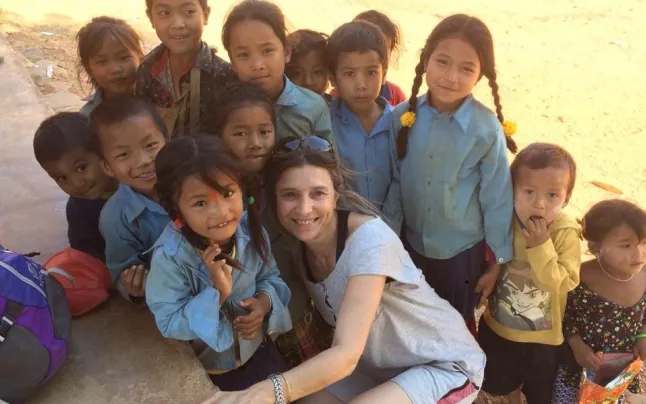

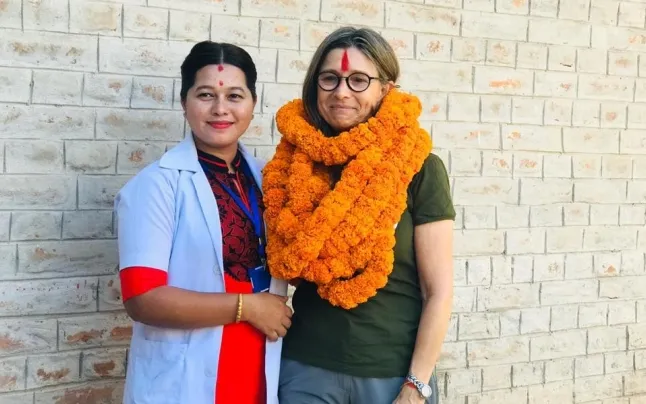


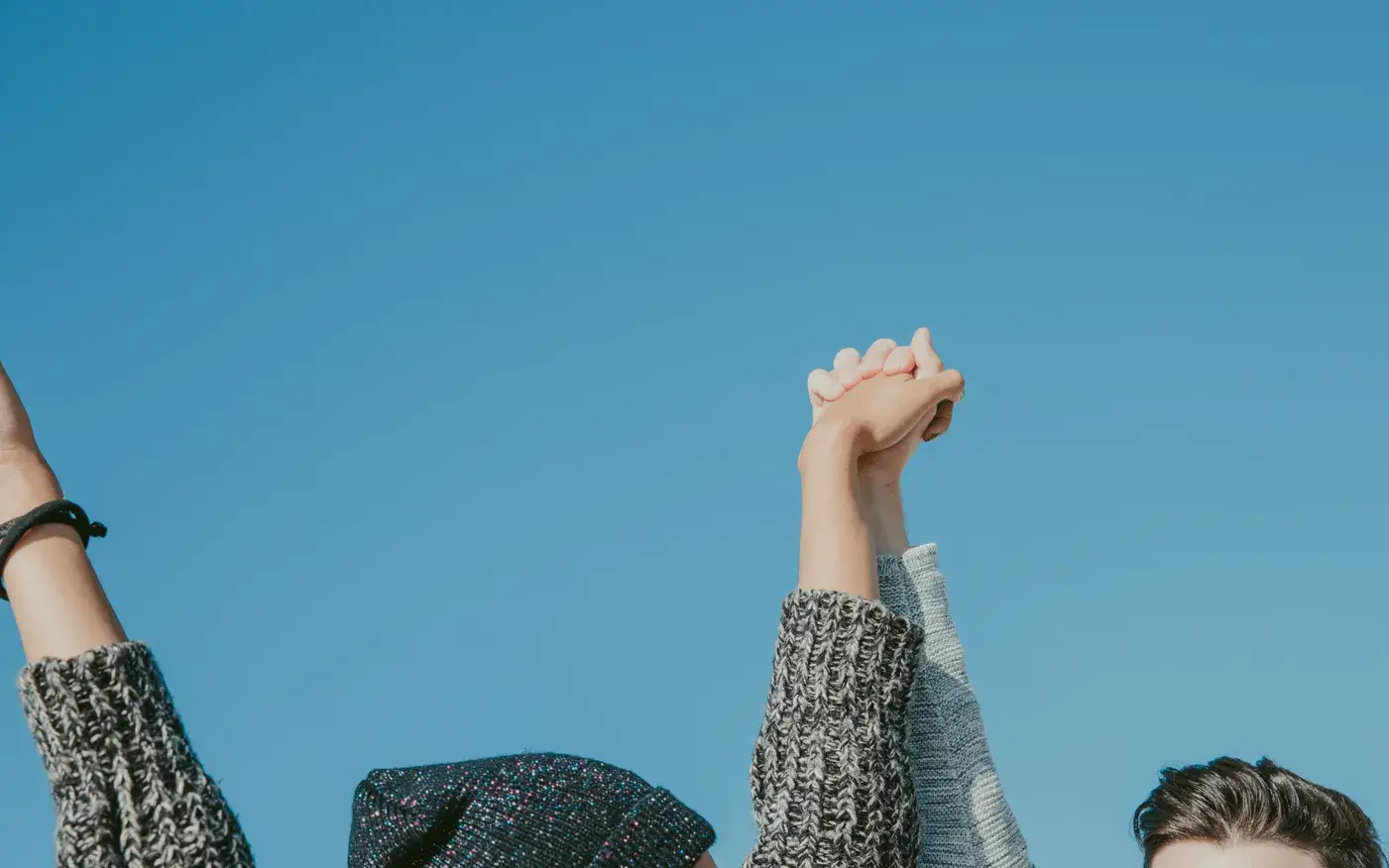
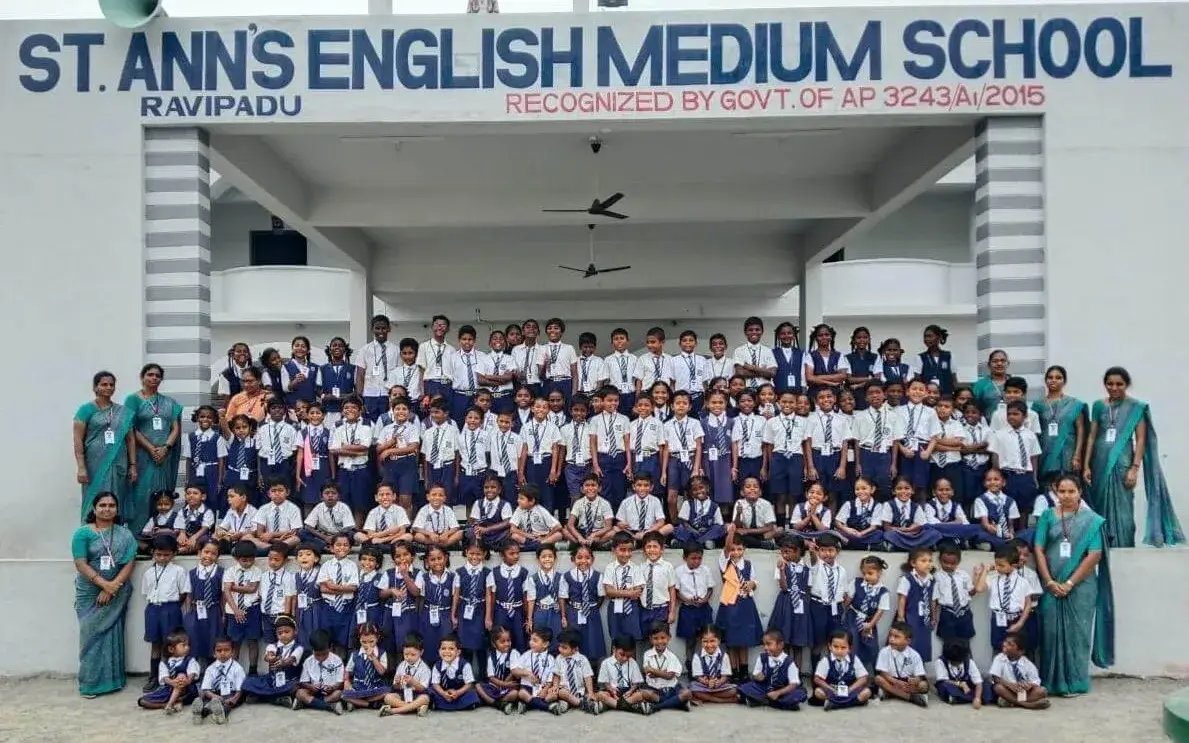
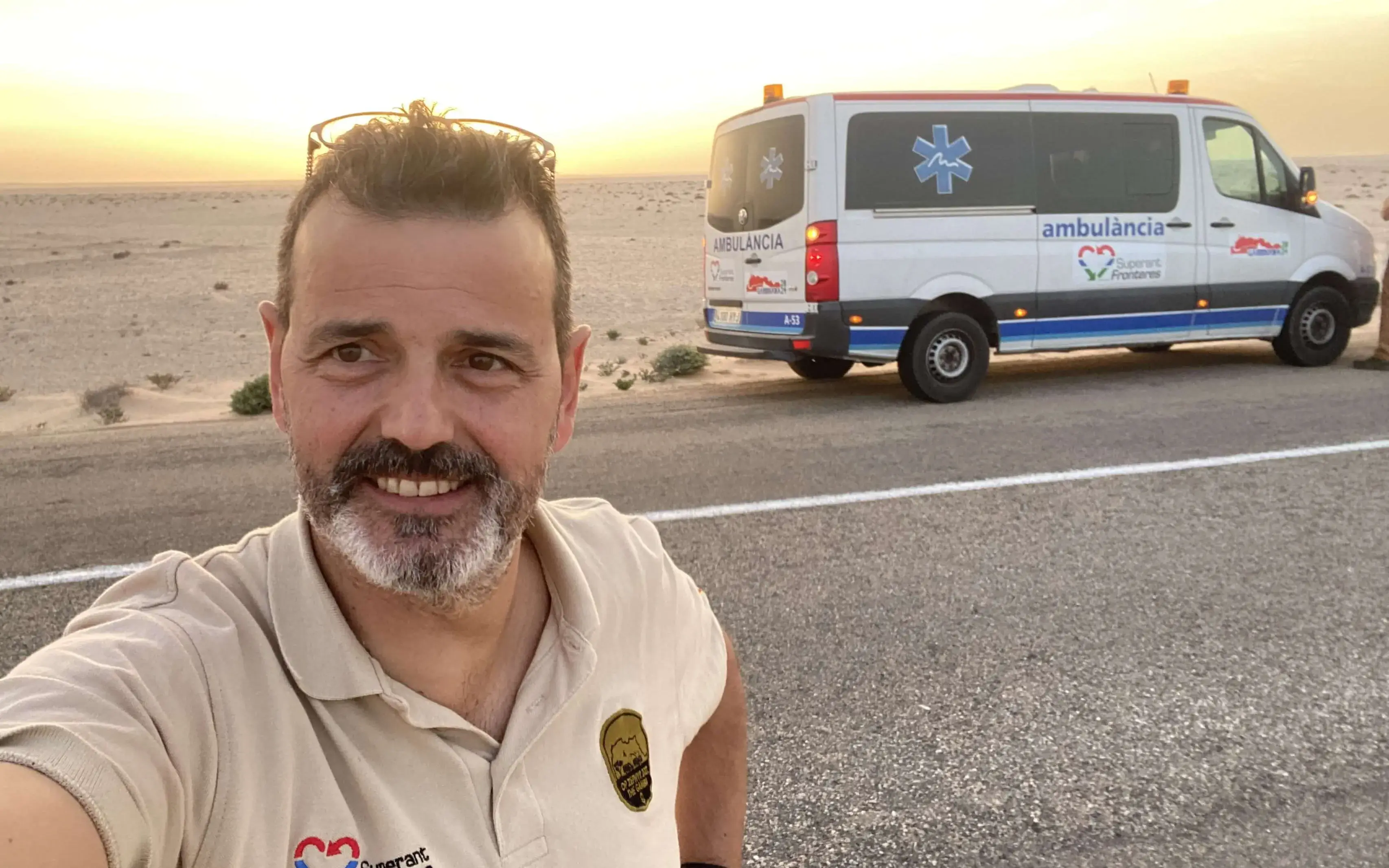
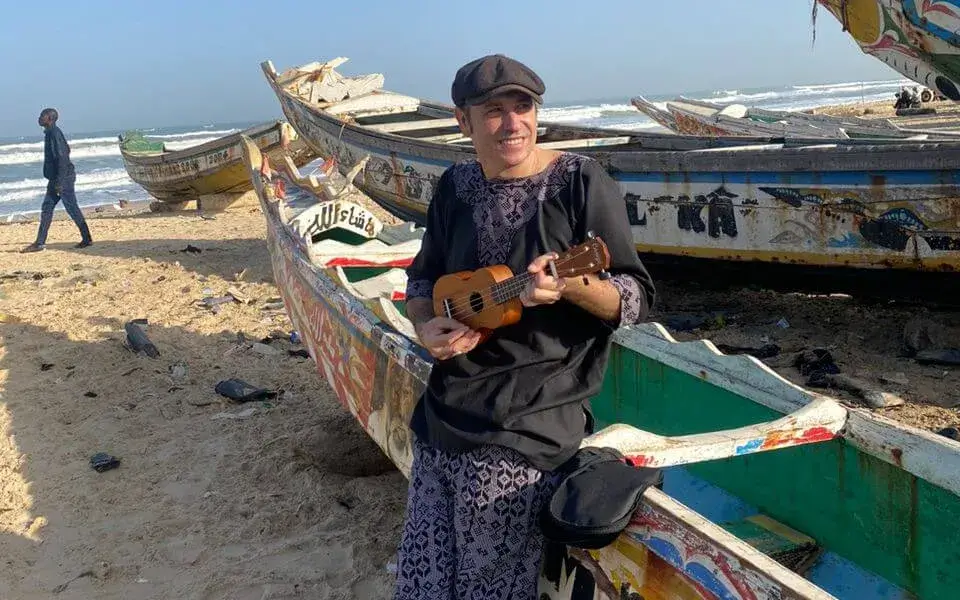
Add new comment